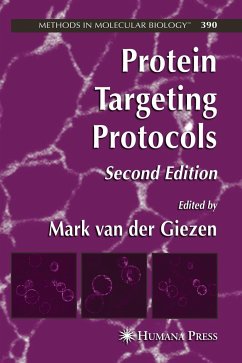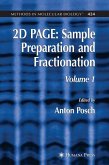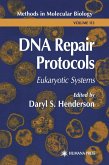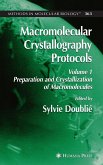In this highly anticipated update of the extremely successful Protein Targeting Protocols, experts from around the world provide the latest protocols on for isolating different organelles and the localization of particular proteins using a variety of methods such as light, confocal, and electron microscopy. Unlike the first edition, however, this volume places emphasis on protein targeting of cellular compartments in both prokaryotic and eukaryotic systems.
Authors provide state-of-the-art information on the fast moving fields of import machinery of mitochondria and plastids, as well as a detailed protocol on the movement of protein complexes in bacterial membranes using fluorescent recovery after photobleaching. Bacterial protein targeting protocols using the Sec-system, type-V secretion apparatus, and the Tat-pathway are described, as is a periplasmic targeting protocol. Chapters also include bioinformatics methods to guide readers through the ever-increasing number of in silico tools currently available. Editor Mark van der Giezen has succeeded in including targeting protocols from different systems, including animal, plant, fungal, and protist models, providing insights into the intricate challenges presented by these diverse systems.
Authoritative and state-of-the-art, Protein Targeting Protocols, Second Edition, provides useful techniques that will aid scientists working with a variety of organisms.
Authors provide state-of-the-art information on the fast moving fields of import machinery of mitochondria and plastids, as well as a detailed protocol on the movement of protein complexes in bacterial membranes using fluorescent recovery after photobleaching. Bacterial protein targeting protocols using the Sec-system, type-V secretion apparatus, and the Tat-pathway are described, as is a periplasmic targeting protocol. Chapters also include bioinformatics methods to guide readers through the ever-increasing number of in silico tools currently available. Editor Mark van der Giezen has succeeded in including targeting protocols from different systems, including animal, plant, fungal, and protist models, providing insights into the intricate challenges presented by these diverse systems.
Authoritative and state-of-the-art, Protein Targeting Protocols, Second Edition, provides useful techniques that will aid scientists working with a variety of organisms.








